Apple should copy Samsung for the foldable iPhone, not Huawei

-Just an interpretation of what the Apple foldable could look like, if it draws its inspiration from Samsung, not Huawei
Apple's cold-blooded refusal to enter the foldables race just gets the hot-blooded users enraged. For months now, we're tossing in our sleep, wondering what the Cupertino giant will come up with. A clamshell or a book style foldable? A bending handset that prioritizes battery life over cameras (or vice versa)? What's the crease going to be like?
We're halfway through 2024 and all the other major players have a phone that can bend horizontally or vertically. These devices are not without compromises, although some – ahem, let's call them Far East foldables – are stunningly good and can be as thick as a non-folding flagship.
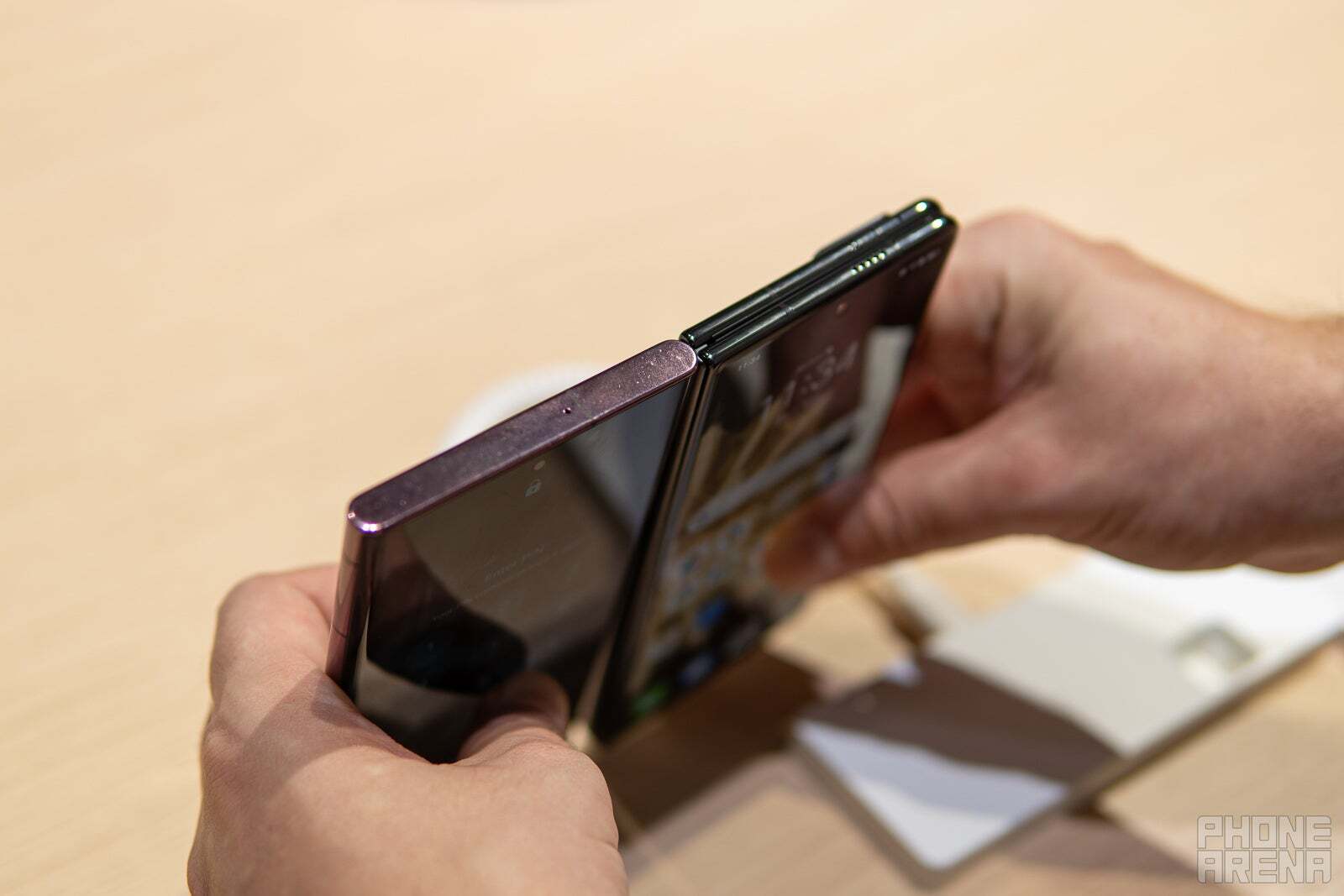
Honor Magic V2 thickness, next to Galaxy S22 Ultra. | Image credit - PhoneArena
But back to Apple's mythical foldable.
The latest piece of information that we intercept is that this handset will offer the following and it will look nothing like the Galaxy Z Fold:
- It will be a book style foldable;
- It will come with a "wrap around foldable design";
- It will come in 2026.
The drama lies in the second of the above bullets (regardless of the side you're looking at them): yes, this means exactly what you think.
Instead of a "traditional" book style foldable that has its main screen (the larger one) bending inwards – hence the book parallel – the "wrap around foldable design" will result in a phone with a screen that bends outwards.
That way, you get a phone with a screen on its front… and a screen on its back. Also, you get a tiny portion of the screen covering one of the sides of such a phone.
Oh, you want a phone with an actual back and sides that are made out of metal, glass, or wood? Sorry, we're out of these. You get a screen!
Who else bends outwards?
If you think Apple is somehow pioneering this rumored outwards-foldable design, you haven't paid close attention to Apple's company philosophy. They're not famous for pushing new things out, they're famous for selling things really well.
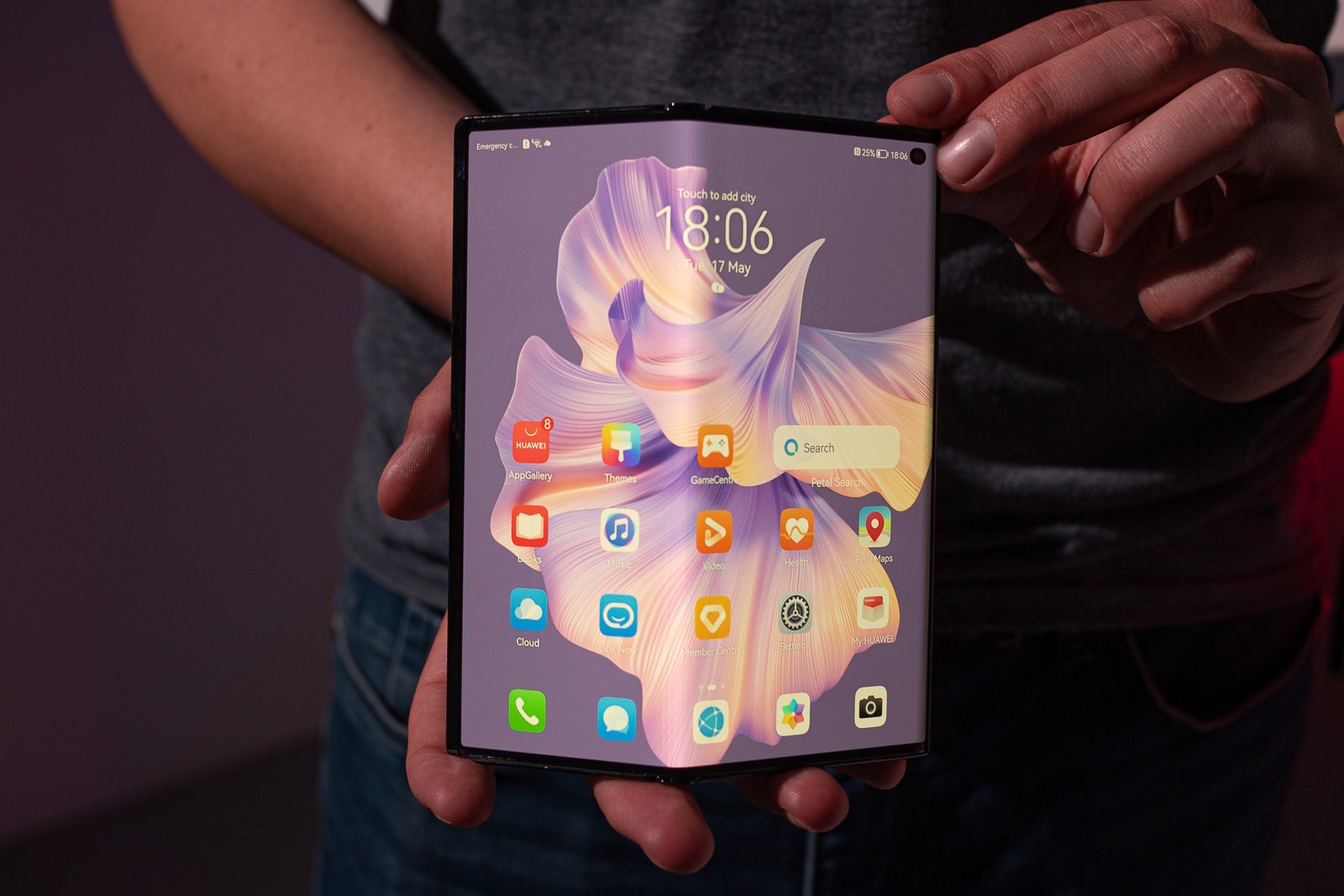
That's the Huawei Mate XS 2! | Image credit - PhoneArena
The fact that there aren't such outwards bending phones from Samsung or Google kind of speaks for itself: just because you can do something, doesn't mean you should do it.
That's because technology is not yet ready for such foldable design… and we as a society have not yet mastered the art of not dropping every gadget we lay our hands on.
Okay, let's dive a bit deeper!
Pros and cons of such a design
Call me old-fashioned, but I like my foldables like my knees: bending inwards, not outwards!
Pros:
- That's suave: Or, in other words, it looks good. Nope, "good" doesn't cut it. Such a design looks fantastic, like in "fantasy" or "sci-fi". It's not suited to everyone's taste, but then again, what is? You may not like it, but you can't deny that it looks like a thing from the next century.
- No crease: That's because of the radius at which the phone folds. It's big enough to allow a completely flat screen when the device is unfolded.
- No need for another screen: The "traditional" book style foldables come with a secondary screen on their cover lids. That's because you don't want to fold out your expensive toy after a notification vibration just to find out it's that pesky classmate from grade school who has uploaded a picture of their Guinea pig on Facebook. The outwards bending phones have a single screen and that's it.
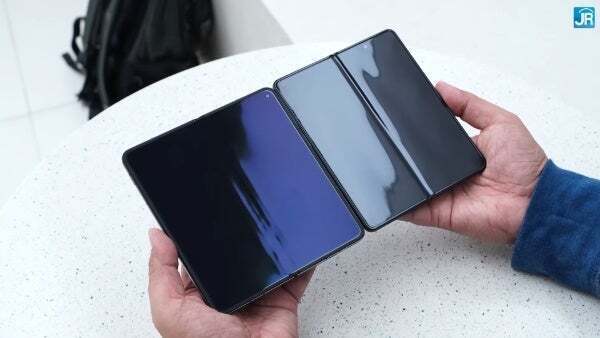
The crease is worse on a book style foldable. OnePlus Open (left) shown against the Samsung Galaxy Z Fold 5 (right). | Image credit - PhoneArena
Cons:
- Durability: It's obvious how the outward folding phone is more exposed to damage from drops, scratches, and everyday wear and tear. Just think about it: you'll be obsessing about all the ways things can go wrong. Spoiler alert: it doesn't matter which way you're dropping it. It's all screen.
- Maintenance: It's not just dropping the device. It's also the act of putting it down on the table. Unless you bring a piece of cloth along, be prepared to get scratches from the area you're putting the phone on.
- The case with the case: As the outwards bending design is so unorthodox, having "traditional" cases and screen protectors is tough. One workaround solution is to use a sock-like pouch case.
- Battery: Yup, this is valid for all foldables and having a screen this large requires solid powering.
- Software limitations: Not all apps are fully optimized for the foldable format. This could lead to potential issues with app compatibility and usability.
- Price: This is going to be expensive, you can count on it.
I scream, you scream, we all scream for more screen
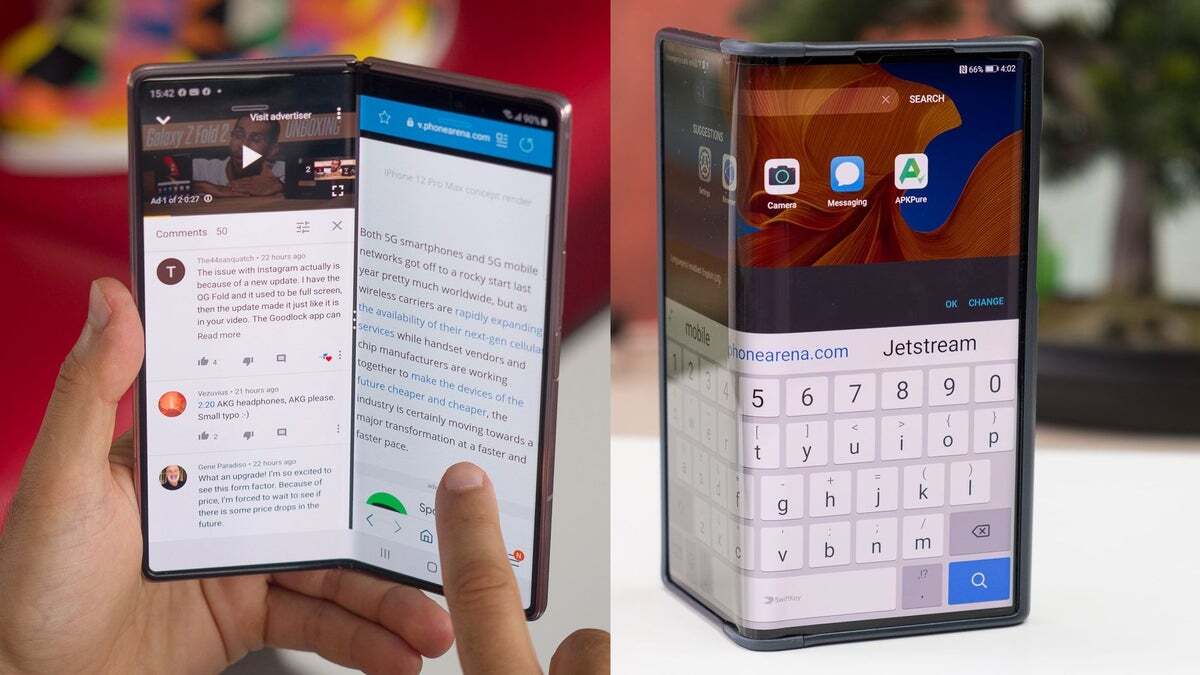
How do you like it? | Image credit - PhoneArena
The fruit company just needs to bite the bullet and release the thing already: it will have its fair share of shortcomings, so what? At least the second (or third) iterations of the foldable iPhone will have learned from the mistakes of the first iPhold (I need to patent that).
Yes, we all want (and frankly put, need) bigger horizontal (or square) screens, but not at the cost of having a device that's a magnet for scratches and that could get seriously damaged from a single drop.
That's why it's easier for Apple to just copyget inspired from the other brands that are in the foldable business – like Samsung. That's not uncharted territory for Apple, right?



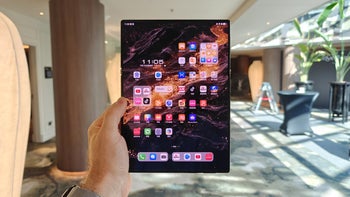
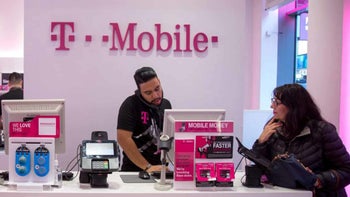
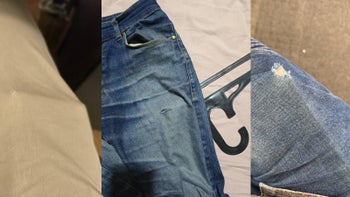
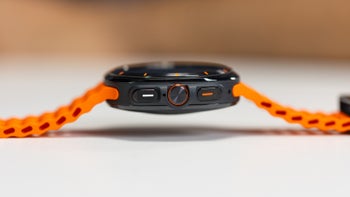
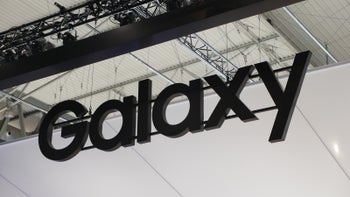
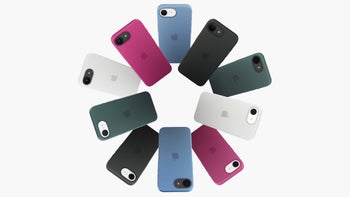
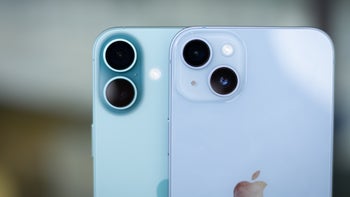
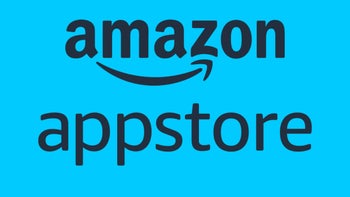
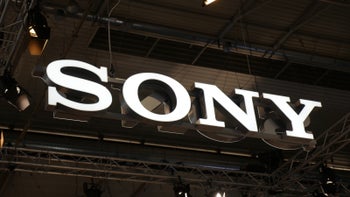
Things that are NOT allowed: